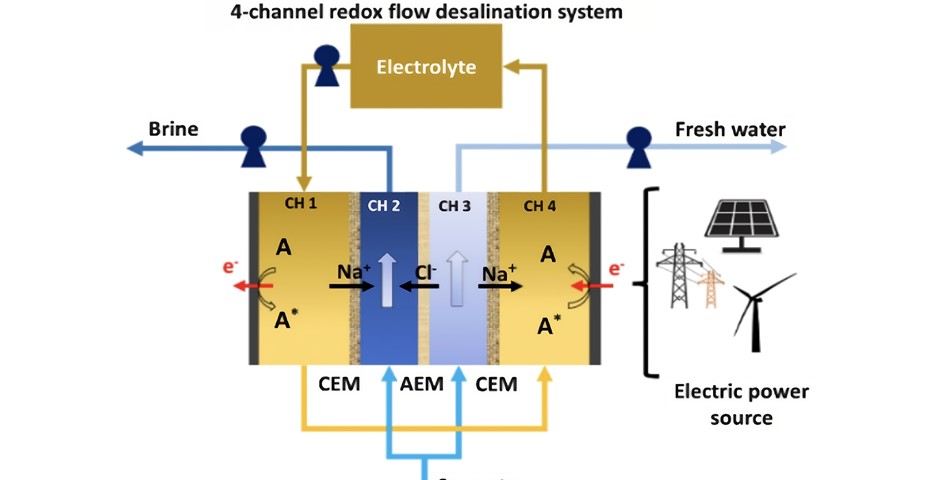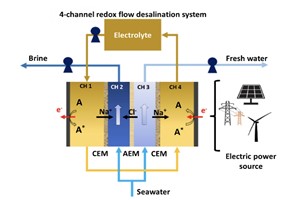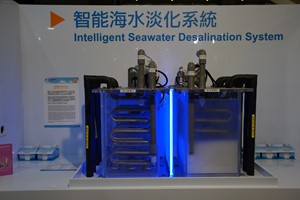Researchers at the NYU Tandon School of Engineering have made a groundbreaking discovery in the field of water desalination, unveiling a solution that could revolutionize our approach to addressing global water scarcity. Headed by Dr. André Taylor, the team has successfully developed a technique known as Redox Flow Desalination (RFD). This electrochemical process not only converts seawater into drinkable water but also functions as an energy-efficient storage solution for renewable energy.
The research highlights a remarkable 20 percent improvement in the salt removal rate of the RFD system, coupled with a significant reduction in energy consumption achieved through the optimization of fluid flow rates. Dr. Taylor expressed the team's vision of creating a sustainable and efficient solution that not only meets the growing demand for freshwater but also champions environmental conservation and the integration of renewable energy.
The versatility of RFD is a key feature, providing a scalable and flexible approach to energy storage that efficiently utilizes intermittent renewable sources such as solar and wind. Moreover, RFD emerges as a promising solution to the global water crisis, offering an innovative approach to the increasing demand for potable water.
Dr. Taylor emphasizes that RFD has the potential to reduce reliance on conventional power grids, facilitating a shift toward a carbon-neutral and eco-friendly water desalination process. The integration of redox flow batteries with desalination technologies enhances system efficiency and reliability, representing a significant step toward sustainable water solutions.
Exploring the intricacies of the system, incoming seawater undergoes electrochemical reactions, leading to the extraction of Na+ ions and the generation of freshwater. The system's flexibility allows control over seawater residence time to produce drinkable water, operating in a single pass or batch mode.
In a reverse operation, where brine and freshwater are mixed, the stored chemical energy can be converted into renewable electricity. Essentially, RFD systems act as a unique form of "battery," capturing excess energy from solar and wind sources and releasing it on demand, providing a sustainable supplement to other electricity sources.
While further research is needed, the NYU Tandon team's findings represent a promising step toward a more cost-effective RFD process, a crucial development in the global quest for increased potable water. As climate change and population growth intensify, innovative and efficient desalination methods become more critical than ever. The success of the project is attributed to Stephen Akwei Maclean, the first author of the paper and a Ph.D. candidate in chemical and biomolecular engineering at NYU Tandon, whose ingenuity in designing the system architecture played a pivotal role in the breakthrough, utilizing advanced 3D printing technology at NYU Maker Space.
By Abdul-Rahman Oladimeji Bello












